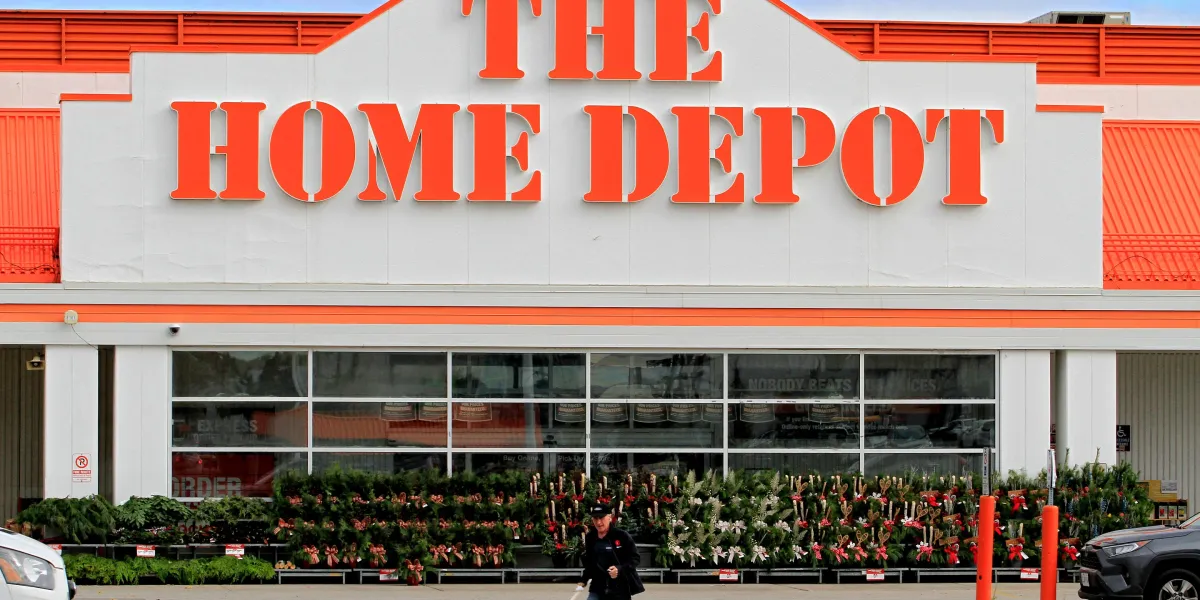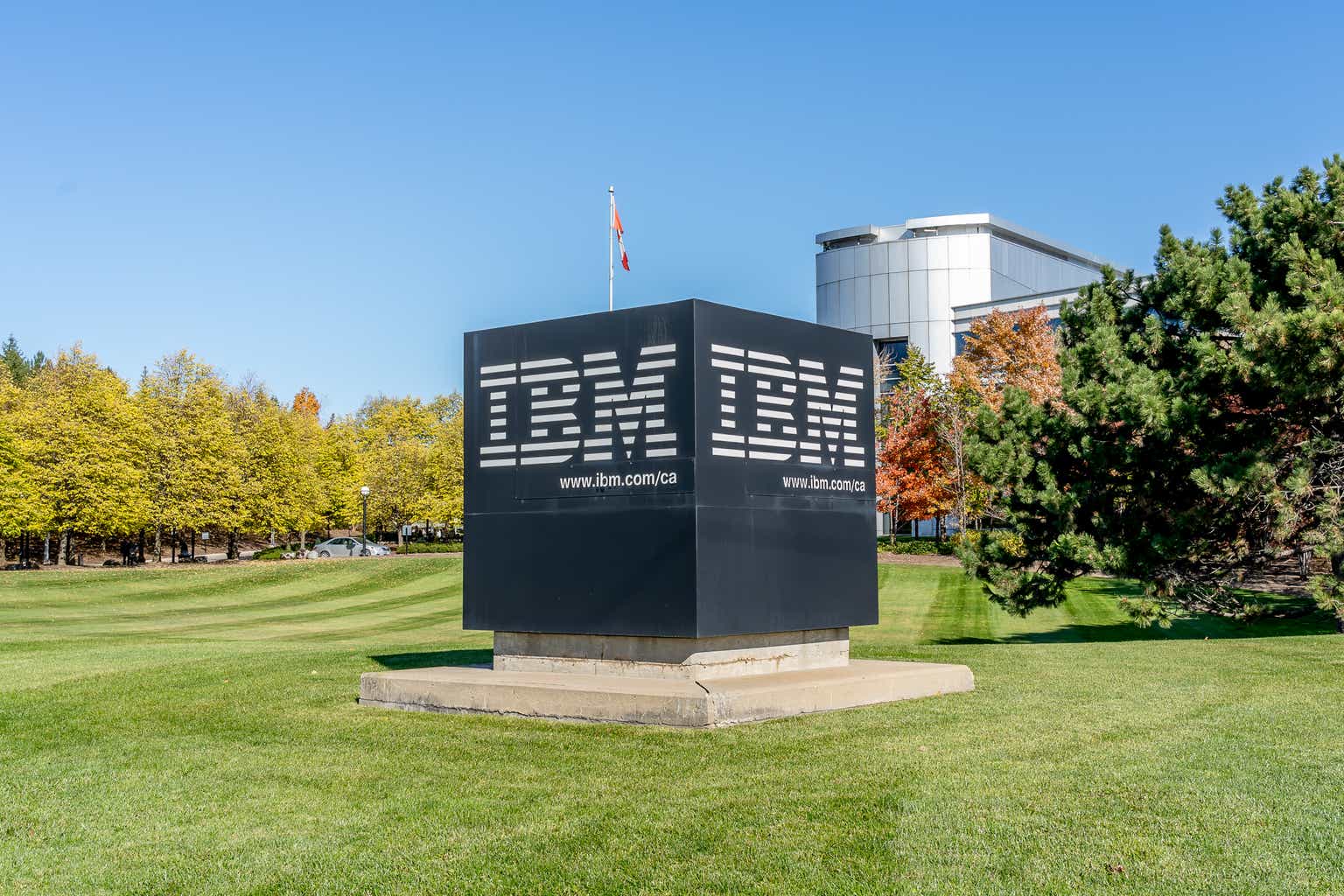Home Depot is grappling with a deep funk in the housing market, which is “disproportionately impacting home improvement demand” as homeowners delay projects and wait out economic uncertainty, its CEO Ted Decker said during the company’s third-quarter earnings call Tuesday.
The Atlanta-based retailer missed Wall Street expectations for the third consecutive quarter, posting net income of $3.6 billion, or $3.62 per share, compared with $3.65 billion, or $3.67 per share, a year earlier. While total revenue rose to $41.4 billion from $40.2 billion, the increase was largely attributable to approximately $900 million in sales from its recent acquisition of GMS Inc., a specialty building products distributor. Without that acquisition, total sales were essentially flat.
Comparable sales, a key metric tracking performance at stores open at least a year, increased just 0.2% in the quarter, with U.S. comparable sales edging up only 0.1%. Customer transactions fell 1.4%, though the average purchase amount rose to $90.39 from $88.65 in the prior-year period.
“While underlying demand in the business remained relatively stable sequentially, an expected increase in demand in the third quarter did not materialize,” Decker said. He explained that results missed expectations primarily owing to a lack of storms in the third quarter, which reduced demand for roofing materials, backup power generators, and plywood, as well as an anticipated increase in demand that never materialized.
Richard McPhail, Home Depot’s CFO, elaborated on the housing market’s role in the slowdown during the earnings call. “Our customers are homeowners. They are seeing home prices now decline in more markets than rising, and we know they have job concerns,” McPhail said. “This all comes together in the form of hesitation to take on larger financial commitments.”
Housing stuck in a rut
The U.S. housing market is currently experiencing historic stagnation. About 28 out of every 1,000 homes changed hands between January and September, the lowest home turnover rate going back to at least the 1990s, according to an analysis by Redfin. Mortgage rates have remained stuck between 6% and 7% in recent years, leading fewer people to buy and sell their homes, yet the vast majority of the market is enjoying mortgage rates that are much lower, secured during the pandemic before the big inflation wave set in, starting in late 2021.
Morgan Stanley Wealth Management surveyed the housing landscape in late October, with strategist Monica Guerra’s team finding that over 60% of homeowners have a mortgage rate below 4.5% and that the average mortgage rate is 4.1%. “To put this in context, for the last 40 years, the spread between the average effective and the prevailing mortgage rate has never been higher than 135 basis points.”

Home Depot executives described customers as caught in a “deferral mindset,” postponing major renovation projects while waiting for economic conditions to improve. While homeowners continue engaging in smaller cash-funded projects like painting and landscaping, they remain reluctant to take on debt for larger undertakings such as kitchen and bathroom remodels.
In response to the weaker-than-expected performance, Home Depot revised its fiscal 2025 outlook downward. The company now anticipates adjusted earnings per share will decline approximately 5% from fiscal 2024’s $15.24, compared with its previous forecast of a 2% decline. The retailer maintained its sales growth forecast at approximately 3%, with GMS expected to contribute approximately $2 billion in incremental sales for the full year.
Neil Saunders, managing director at GlobalData, said Home Depot’s quarter was hurt more by external factors rather than internal missteps. “The summer months were particularly challenging in this regard as consumers were actively making choices over how to spend their money, and home improvement took something of a back seat to experiences, travel, and personal indulgences,” Saunders said.
Home Depot’s stock has fallen more than 8% over the past five days, and is down more than 13% year to date.
For this story, Fortune used generative AI to help with an initial draft. An editor verified the accuracy of the information before publishing.














